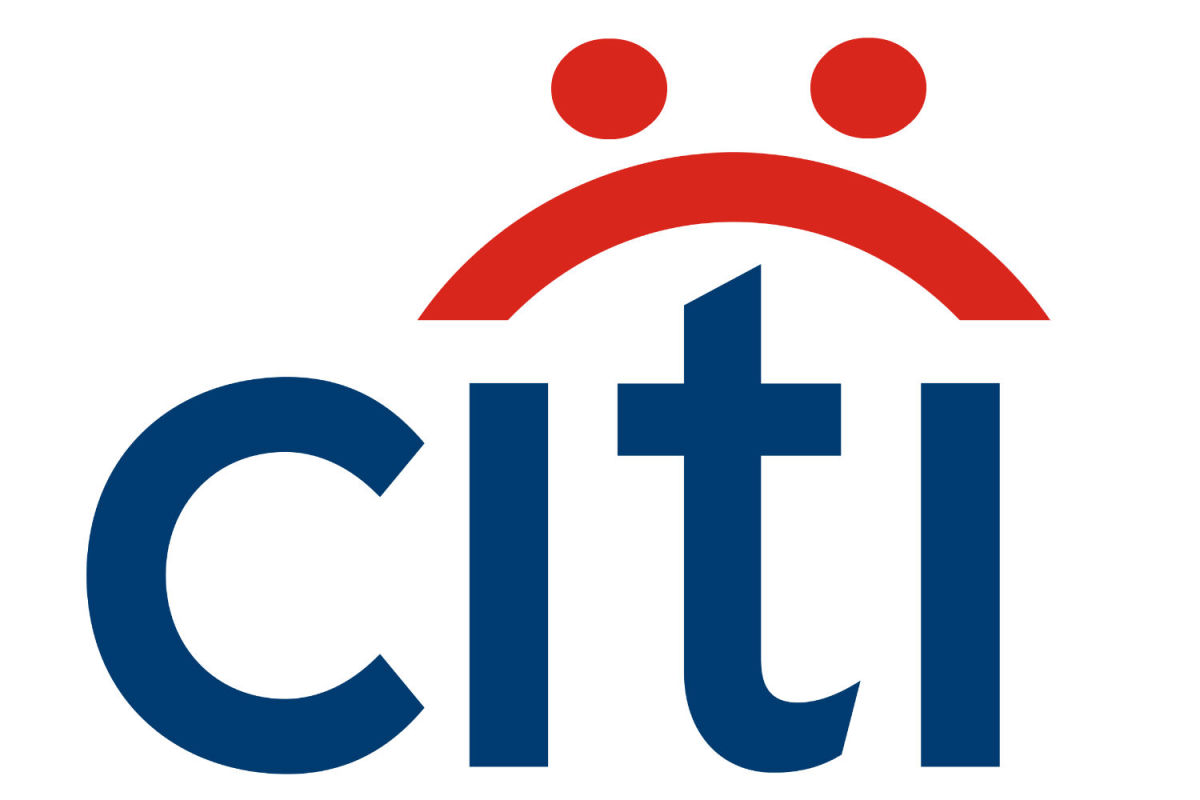The golden god of efficiency must be honored with scholarly sacrifice. Without new and more interesting ways of proving that the entire legal order is just a wordy supply and demand graph, Moloch will be displeased. And if that sometimes means writing an article about the contractual considerations of running a multinational sex slavery operation, so be it.
Cash rules everything around me, y’all.
Professor J. Mark Ramseyer of Harvard Law School has dutifully penned his offering to law and economics titled “Contracting for sex in the Pacific War” which already seems a little dicey, but let’s see what he’s on about:
The contracts themselves followed basic game theoretic principles of credible commitments…. Together, the women and brothels concluded indenture contracts that coupled a large advance with one or two year terms. Until the last months of the war, the women served their terms or paid off their debts early, and returned home.
It’s a testament to this article’s scope and vision that “indentured servitude good” is going to be the least troubling conclusion of the piece. And we don’t even have the bandwidth to get into his implicit assumption that an efficient prostitution industry would involve a non-worker owned brothel as an intermediary between a sex worker and a client, skimming money from the woman’s work to line the pockets of pimps. To dwell on that misses the point in this specific historical context, but it’s a problematic presumption just sitting there too.
What Ramseyer is talking about is Japan’s WWII practice of providing “comfort women” for its invading forces. His article operates from the premise that the women working as prostitutes to Japanese soldiers at the front throughout the war were willing contractors, as opposed to women kidnapped from conquered nations and pressed into sex slavery. The Korean Association of Harvard Law School responded with a statement digging into the history that Professor Ramseyer glossed over in order to reach his sweet contractual efficiency conclusion:
Professor Ramseyer’s deficient presentation of the historical record is demonstrated by his bibliography. Korean perspectives and scholarship, both rich sources of material on this topic, are almost completely absent in his work. Scholars studying history understand the possibility of post-hoc revisionism and bias. To counter such effects, they consult a wide-ranging set of materials from a variety of sources. Professor Ramseyer does not.
He also ignores expansive scholarship done by international organizations, such as the United Nations and Amnesty International, which has conclusively found that the “comfort women” were coerced, kidnapped, or forced by the Japanese government. After its independent inquiry, the Japanese government itself acknowledged as part of the Kono Statement that “the then Japanese military was, directly or indirectly, involved in the establishment and management of comfort stations.”
At this point, it’s worth noting that Ramseyer’s title is “Mitsubishi Professor of Japanese Legal Studies at Harvard Law School.” Mitsubishi found itself on the unhappy end of a South Korean court ruling demanding that it provide compensation for the Koreans that it pressed into slavery during the war. It’s safe to say his chair’s benefactor has an interest in anyone willing to explain that they just efficiently negotiated wartime employment contracts based on balancing Mitsubishi’s desire to meet the nation’s high demand for munitions and the workers’ desire to not be executed by a colonial army.
Well, what is Ramseyer’s argument here anyway?
The comfort stations operated as the overseas military analogue to the private brothels in Japan and Korea. Whether in Japan or in Korea, brothels hired, and women looked for work. The work at stake in these transactions involved sexual services, but the economic logic to the arrangements that the two parties – brothel and prostitute – negotiated reflected the resources and alternative opportunities that both sides understood each other to hold….
OK.
Yes indeed, parents did sometimes sell their daughters and brothels did sometimes trap women or keep them virtually imprisoned.
Well, Mark, that seems like a big f**king problem for your article! That scholars estimate between 50,000–200,000 women were forced into the system mostly from occupied nations — which at the height of Japan’s expansion included everything from China through Southeast Asia to the Philippines, to New Guinea — undermines the explicit claim of the article that this was a phenomenon involving primarily Japanese and Korean women.
Ramseyer’s response to the “sure, sometimes women were trapped” argument is that “the economic logic… to the contractual arrangements reflects the fact that brothels could not – and did not – trap or imprison all or even most of the women.” The “relying way too much on elementary economics” logic is that because some women were paid in this manner, that must represent the bulk of the system because otherwise they’d just use the coerced women for free.
This is one of a number of economic conclusions he leaps to haphazardly. Could the notoriously racist culture of wartime Japan placed a premium on Japanese or Korean prostitutes over captured sex slaves that justified his evidence that some number of the former category were paid for their work despite the availability of exploited women? Of course. Is this addressed? Nope!
He’s confident that Japan just exported its domestic prostitution industry intact to its wartime rampage. And the local industry did not engage in any sort of coercion! Ramseyer knows this because pre-war data suggests that women had six-year indentured contracts but generally left the work early:
In practice, the prostitutes repaid their loans in about three years and quit. Surely, historians some- times insist, the brothels must have manipulated the charges for food and clothing to keep prostitutes mired in perpetual debt. At least on a large scale, however, they did not do this. Probably, the brothels – established institutions with a large capital investment – realized that cheating on their initial contract would raise their future recruitment costs. Not only did the brothels specifically promise a woman she could quit debt-free at the end of six years regardless of the revenue she generated, they generally kept their promise.
Not to introduce unsavory economics to this already deplorable hypothesis, but maybe it’s because, generally speaking, there’s higher demand for a 19-year-old prostitute than a 45-year-old prostitute? There’s a consistently replenishing supply of new sex workers — the brothel would have few incentives to keep someone longer than their term of servitude. They didn’t hold women longer for fear that it would “raise their future recruitment costs”? What?
Ugh, now I’m doing the economics thing. See how pernicious this is? And I’m calling it pernicious as an economics major.
Still, the article is reasonably sound when detailing pre-war prostitution. There’s hand-waving over the misogyny involved in selling daughters and the idea that brothels honored contracts because they were just generous, honest brokers, but if the article ended here it wouldn’t be so bad as an account of how the 1920s Japanese prostitution industry contracted.
Friends, it does not end here.
At this point, Ramseyer begins his cherry-picked account of women from Japan or Korea who worked in military-approved “comfort stations” throughout the war. Some women in this position joined voluntarily and fared well financially and Ramseyer is quick to cite their accounts. That thousands more women — from those countries and beyond — have detailed accounts of their kidnappings and coercion does not concern Ramseyer.
And that’s the real problem here. Analytically, this article could even have been written acknowledging the widely documented systematic oppression while noting that, for a small number of documented workers, the work was voluntary and those women were paid a premium because the brothels cynically added willing workers to the coerced because they were in higher demand. But this article isn’t really about those rare voluntary workers, it’s about painting a synecdoche of Japan’s overseas prostitution industry — these women were willing and well-paid, so therefore pay no attention to the war crimes behind the curtain. In other words, it’s one thing to honor the fact that women can voluntarily become sex workers, and another to indulge the “happy hooker” trope to erase hundreds of thousands of coerced, kidnapped, and exploited sex slaves.
Law and economics started out as a delightful offshoot of legal positivism designed to prove that gutting environmental regulations was a good idea. “Well, actually, who needs safety inspections for aspirin? See that long string of variables in this journal article? It’s science.” These days, law and economics is as at home defending class actions against corporate abuses as it was in justifying the destruction of environmental regulations, but whatever side of the aisle a scholar is on, it’s all about pigeon-holing their subjective conclusion into a vaguely mathematical account of “efficiency.”
In this way, we may truly be witnessing the apotheosis of law and economics: a full-throated revisionist war crime denialism recounted as a contract negotiation case study. If you can use the tools of the discipline to tackle that, then there’s really no limit to how empty this signifier has become.
Perhaps marrying law to a discipline that famously quips of itself, “the way to open a can on a deserted island is to assume we have a can opener” isn’t providing the unassailable support the authors think it will.
 Joe Patrice is a senior editor at Above the Law and co-host of Thinking Like A Lawyer. Feel free to email any tips, questions, or comments. Follow him on Twitter if you’re interested in law, politics, and a healthy dose of college sports news. Joe also serves as a Managing Director at RPN Executive Search.
Joe Patrice is a senior editor at Above the Law and co-host of Thinking Like A Lawyer. Feel free to email any tips, questions, or comments. Follow him on Twitter if you’re interested in law, politics, and a healthy dose of college sports news. Joe also serves as a Managing Director at RPN Executive Search.
 Staci Zaretsky is a senior editor at Above the Law, where she’s worked since 2011. She’d love to hear from you, so please feel free to email her with any tips, questions, comments, or critiques. You can follow her on Twitter or connect with her on LinkedIn.
Staci Zaretsky is a senior editor at Above the Law, where she’s worked since 2011. She’d love to hear from you, so please feel free to email her with any tips, questions, comments, or critiques. You can follow her on Twitter or connect with her on LinkedIn.



 Kathryn Rubino is a Senior Editor at Above the Law, and host of
Kathryn Rubino is a Senior Editor at Above the Law, and host of 








 Amanda M. Fisher is an Associate Attorney at Richardson | Ober | DeNichilo LLP and a Ph.D. Candidate at the University of California, Irvine in Criminology, Law & Society. She is researching gendered stigma in the legal profession in the southern United States. If you are a Florida attorney, you can participate in Amanda’s research
Amanda M. Fisher is an Associate Attorney at Richardson | Ober | DeNichilo LLP and a Ph.D. Candidate at the University of California, Irvine in Criminology, Law & Society. She is researching gendered stigma in the legal profession in the southern United States. If you are a Florida attorney, you can participate in Amanda’s research 




